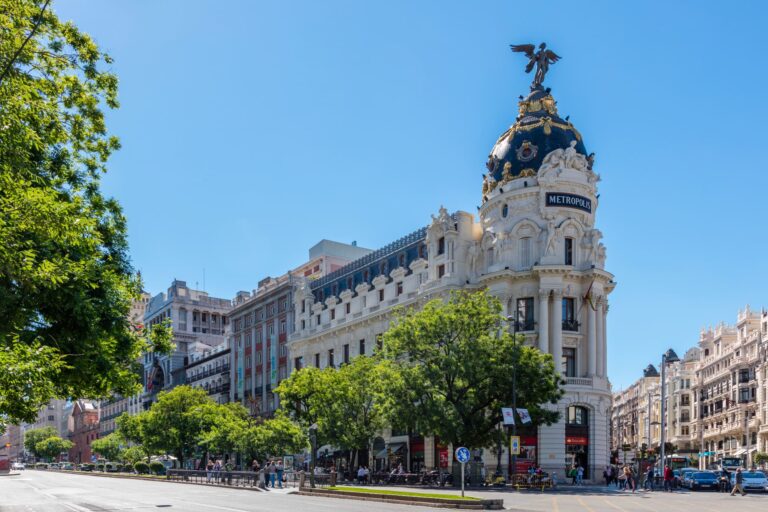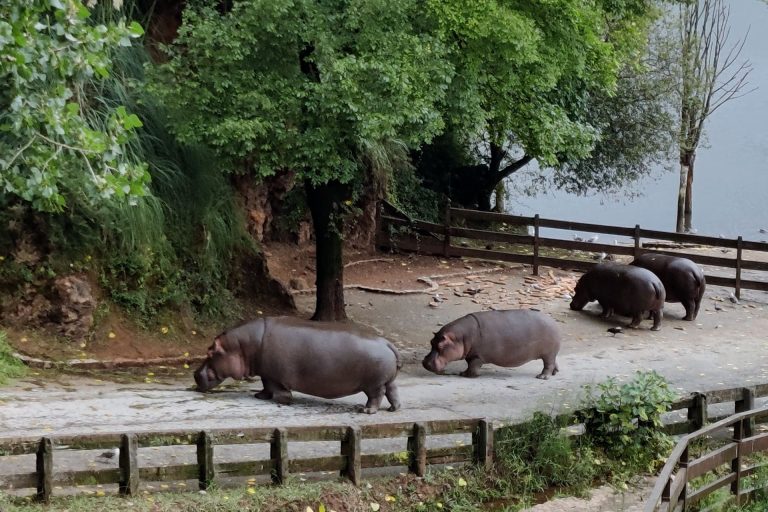Exploring the Rich Wine Tradition of the Canary Islands
When one considers the Canary Islands, wine may not be the first thing that springs to mind. But these idyllic islands have been producing unique volcanic wines for hundreds of years.
Geographically situated roughly 60 miles west of Morocco in the Atlantic Ocean, the Canary Islands are composed of eight main islands, listed by size: Tenerife, Fuerteventura, Gran Canaria, Lanzarote, La Palma, La Gomera, El Hierro, and La Graciosa. These islands enjoy a year-round subtropical climate, drawing in tourists from all corners of the globe. However, it's their unique volcanic wines that are currently garnering international recognition and praise.
Historical Overview of Wine Production
Wine production on the Canary Islands dates back to the 15th century, spurred by Spanish colonization. Canary wine, particularly the sweet, fortified variant known as Malvasía (or Sack/Malmsey), was a staple export for the British merchant and Royal Navy fleets. Throughout the 16th and 17th centuries, this wine was savored by nobility, influential writers, and common folk alike across Europe, the Americas, Asia, and Australia.
As preferences shifted towards French and Portuguese wines in the 18th century, the Canaries' wine industry took a hit. Smaller vineyards survived, catering mostly to local consumption. Yet, some wineries like El Grifo in Lanzarote, established in 1775, weathered the storm and continue to lead the way in winemaking innovation.
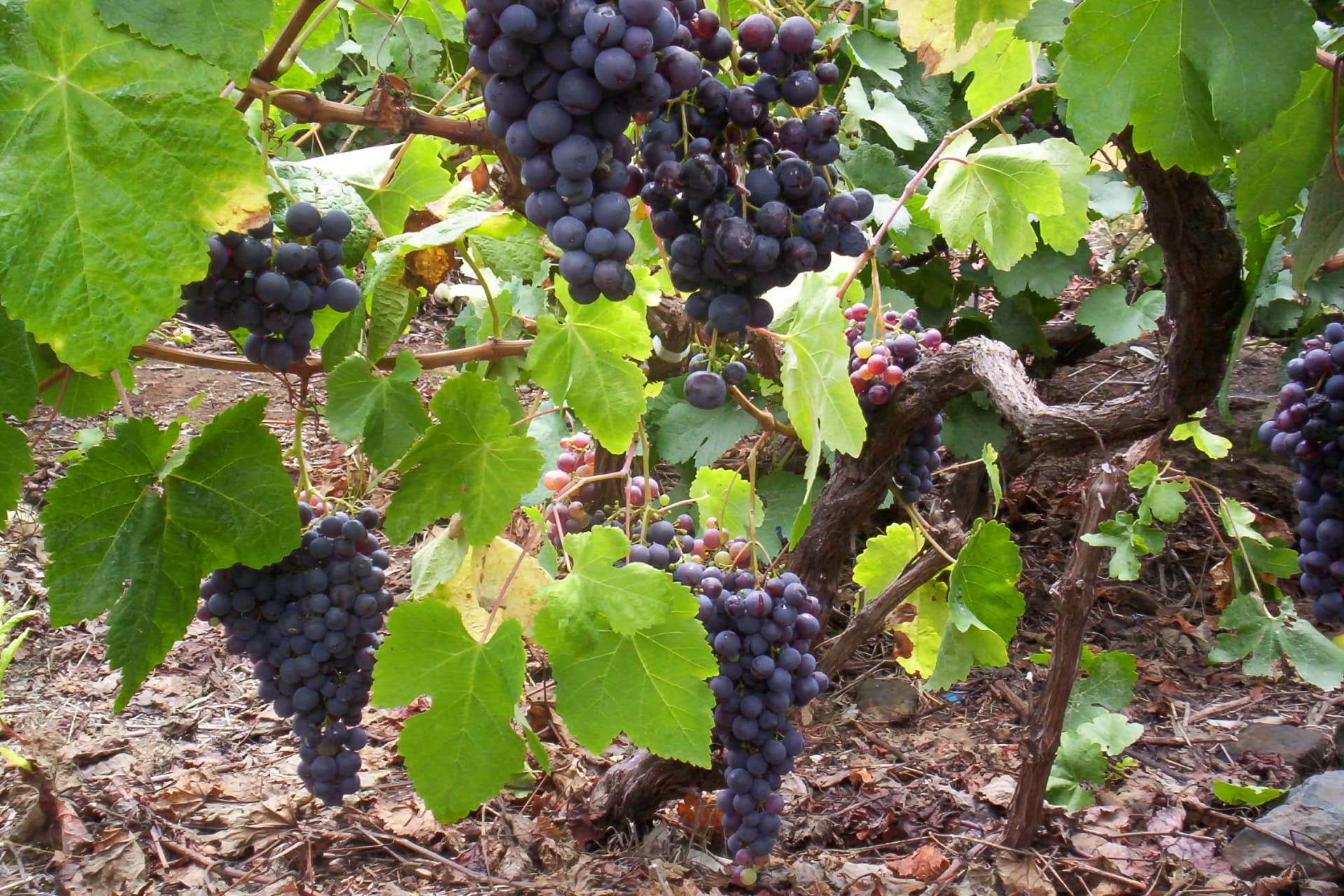
Islands' Wine Regions and Unique Terroir
Main Wine-Producing Regions in the Canary Islands
| Region/Denomination of Origin (DOP) | Island |
|---|---|
| Abona | Tenerife |
| Tacoronte-Acentejo | Tenerife |
| Valle de Guimar | Tenerife |
| Valle de la Orotava | Tenerife |
| Ycoden-Daute-Isora | Tenerife |
| El Hierro | El Hierro |
| Gran Canaria | Gran Canaria |
| La Gomera | La Gomera |
| La Palma | La Palma |
| Lanzarote | Lanzarote |
Each of the seven main wine-producing islands boast distinct soils, a testament to the area's volcanic history marked by eruptions, landslides, and erosion. The islands' diverse terrains range from light stone soils to dense basalt rock, with varying degrees of sand and clay content.
Climate variations across the archipelago are also substantial. Humidity, brought by Atlantic trade winds, offsets the islands' scarce natural freshwater resources. According to Jesús González de Chávez, a winemaker at Vinos Atlante, the eastern islands exhibit a drier, desert-like climate, while the western islands are characterised by steeper terrains, higher altitudes, and a diverse array of microclimates.
Tenerife, the largest island, dominates the landscape with Spain's tallest peak, Mount Teide, and houses some of Europe's highest vineyards. Boasting five DOPs and a multitude of wine styles, Tenerife is a significant player in the archipelago's wine industry.
Canary Island Grape Varieties
The Canary Islands, unscathed by the phylloxera louse, are one of the few regions in the world with ancient ungrafted vitis vinifera vines. These vines, some of which are over two centuries old, offer a unique variety of grapes.
Juan Jesús Méndez Siverio, a winemaker at Bodegas Viñatigo, shares, "The islands host 20 unique grape varieties, with over 20 new ones being studied, and an additional 60 that are genetic variations."
Listán Blanco (also known as Palomino) and Listán Negro are the predominant grapes grown on the islands. Other varieties include white wine grapes like Malvasía Volcánica, Malvasía Aromática, and Albillo Criollo, and red wine grapes like Negramoll, Vijariego Negro, and Baboso Negro. A small number of international varieties, such as Syrah, are also grown.
Each island specializes in certain grape varieties. For instance, Lanzarote is known for Malvasía Volcánica, while Tenerife is recognized for Listán Negro and Listán Blanco.
In 2020, approximately 15 million gallons of wine, with a near-equal split between red (51%) and white (49%), were produced in the archipelago.
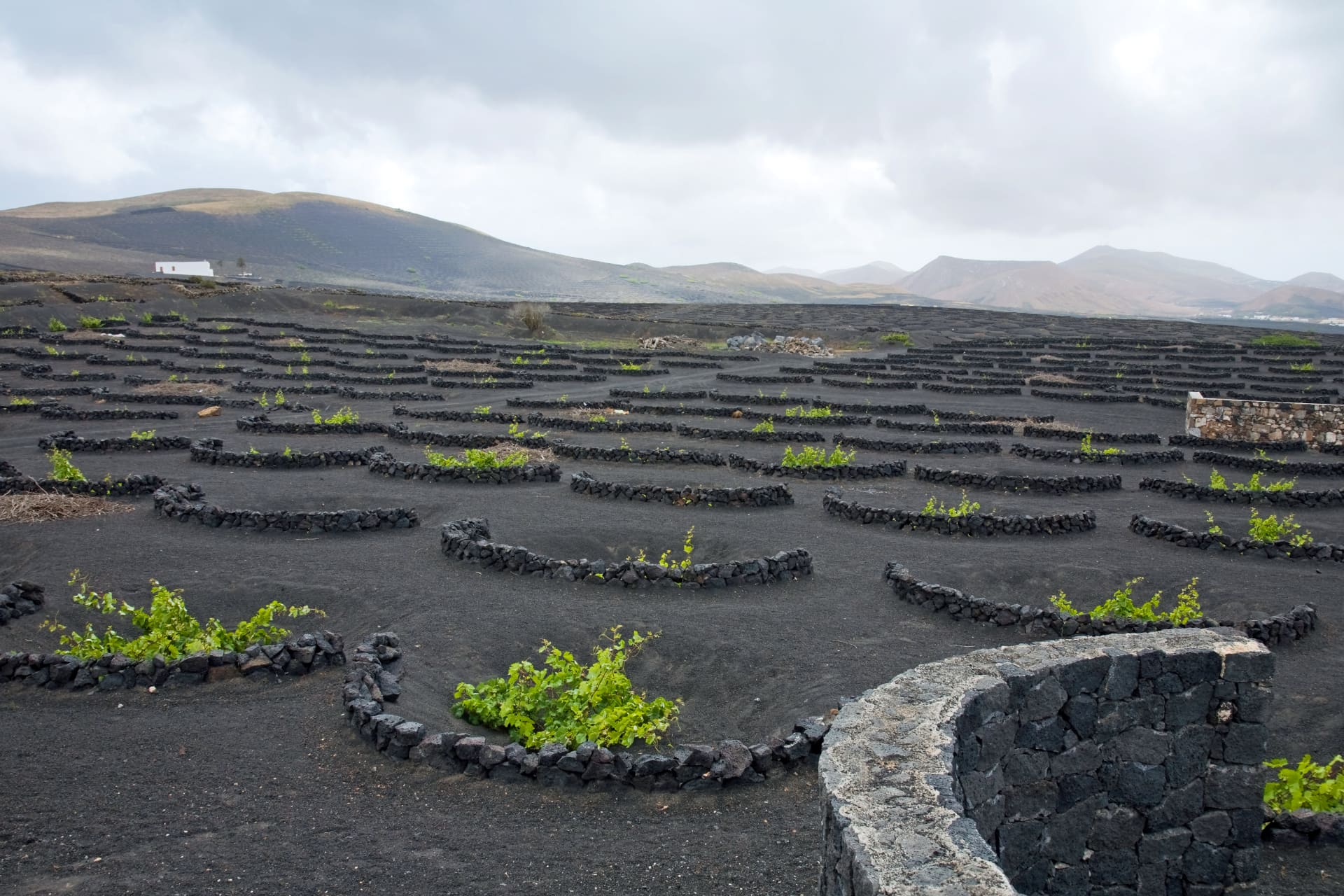
Unique Viticultural Practices
Vine-growing methods vary across the islands. Tenerife’s Valle de la Orotava is known for cordón trenzado or "braided cords" technique. In contrast, the most distinctive practice is seen on Lanzarote, where vines are planted in hoyos, or crater-like pits, dug deep into soil layered with water-retaining volcanic ash (picón). These pits are protected by lava-stone walls to shield grapes from wind and sun, and trap humidity carried by Atlantic trade winds.
Contemporary Wine Market
The unique blend of soil and climate, along with the diversity of grape varieties and cultivation techniques, create distinctive volcanic wines that align with the contemporary wine market's palate.
"As wine consumers become more adventurous and begin to move away from homogenized wine styles, the Canary Islands wine industry continues to flourish," observes Angus Macnab, a Tenerife-born sommelier and wine consultant.
The Future of Canary Islands Wine
The ultimate goal for the future of Canary Island wines, as articulated by Méndez Siverio, is to secure the international recognition these wines deserve, leveraging their unique and ancient grape varieties grown in extreme terroir.
Yet, there are challenges to be addressed. González de Chávez notes the dwindling interest among younger generations in vineyard work, which could pose a threat to the industry's sustainability. His hope is for young people to reignite their interest and ensure the continuation of this significant cultural tradition.
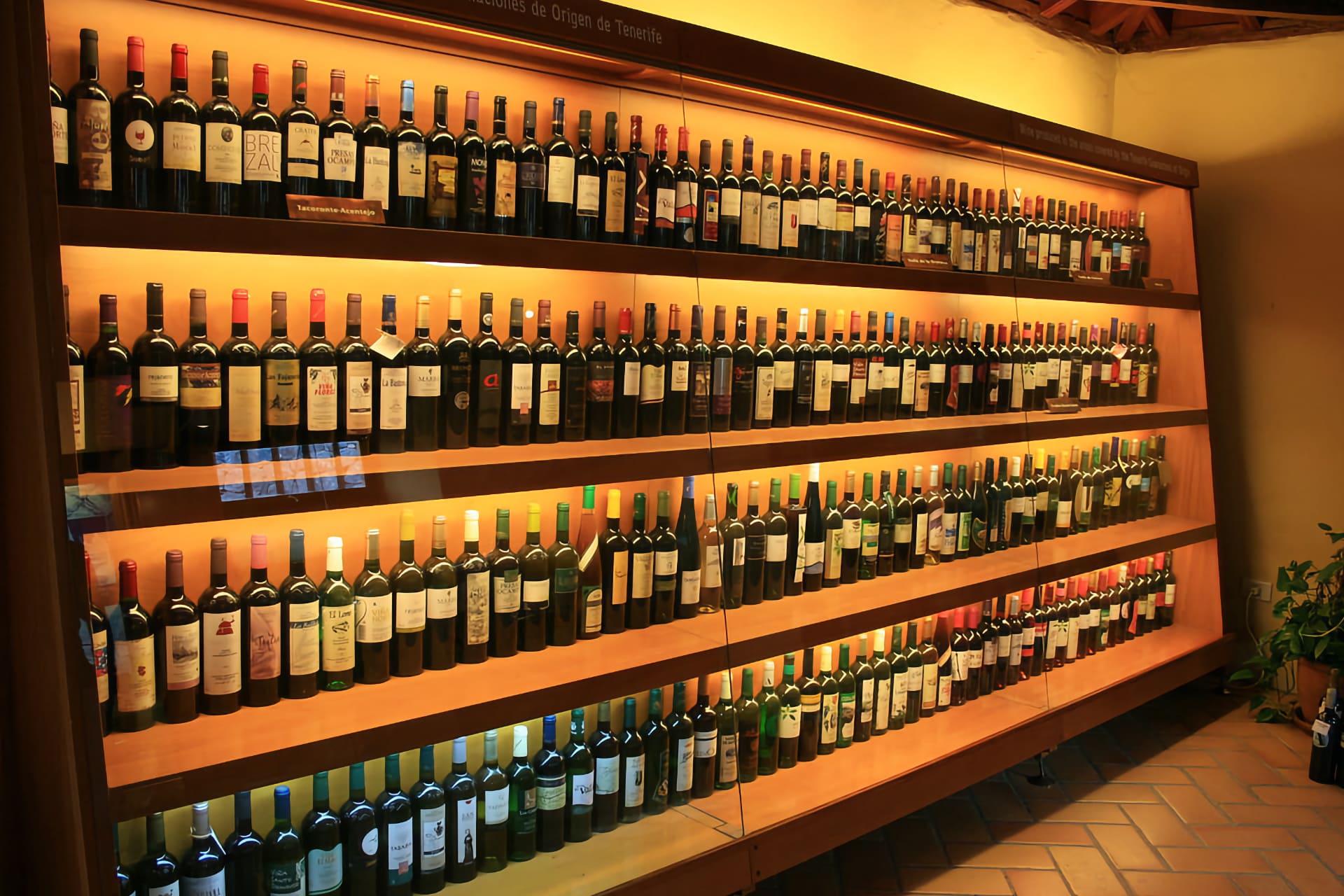
FAQ
Where are the Canary Islands located? The Canary Islands are located approximately 60 miles west of Morocco in the Atlantic Ocean.
When did wine production begin in the Canary Islands? Wine production in the Canary Islands dates back to the 15th century, during the Spanish colonization.
What are the main grape varieties grown in the Canary Islands? The most widely grown grapes in the Canary Islands are Listán Blanco and Listán Negro. However, the islands also host a diverse range of grape varieties, including Malvasía Volcánica, Malvasía Aromática, Albillo Criollo, Negramoll, Vijariego Negro, and Baboso Negro.
What are the unique wine-growing methods in the Canary Islands? Unique viticulture practices include the cordón trenzado, or "braided cords" method in Tenerife’s Valle de la Orotava, and the use of hoyos, or crater-like pits, in Lanzarote.
What is the future of Canary Islands wine? The aim is to gain the international recognition that Canary Islands (Spain) wines deserve, leveraging their unique grape varieties and extreme terroir. Efforts are also being made to rekindle interest among younger generations to sustain the industry.
What is the annual wine production in the Canary Islands? In 2020, around 15 million gallons of wine were produced in the Canary Islands, with a split of 51% red and 49% white.
What unique features make Canary Islands wines stand out? The Canary Islands' unique terroir, marked by volcanic soils and a diverse climate, together with the use of ungrafted vitis vinifera vines and a range of distinct grape varieties, contribute to the unique profile of these wines.
Q8: How has the wine industry in the Canary Islands evolved over the centuries? The wine industry in the Canary Islands has seen many transformations since its inception in the 15th century. After a decline in the 18th century due to increased demand for French and Portuguese wines, the industry has rebounded and continues to innovate, gaining international recognition for its distinctive volcanic wines.
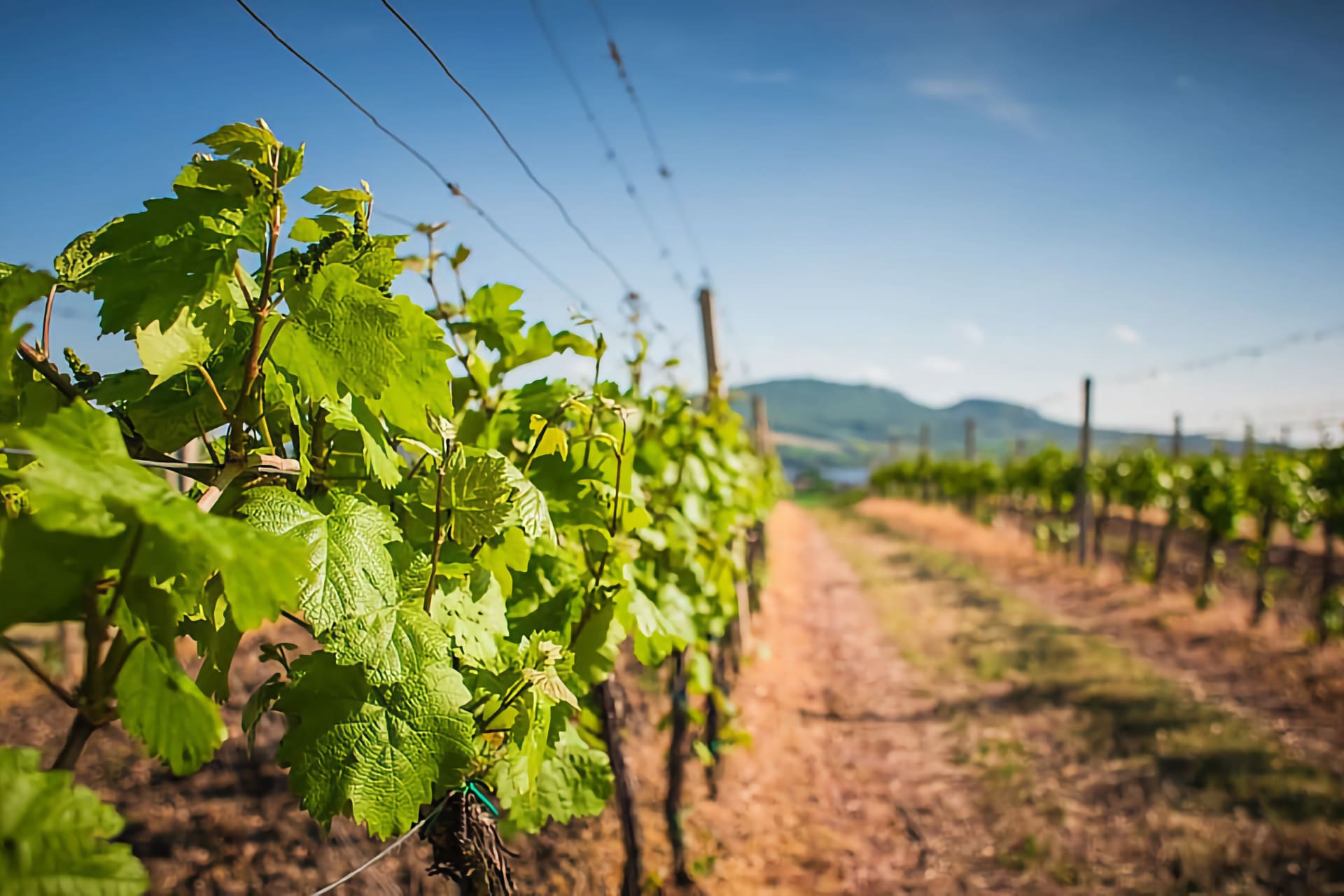
Conclusion
The Canary Islands, known for their stunning landscapes and vibrant culture, also harbor a rich wine history and unique viticulture. The centuries-old traditions combined with the distinctive volcanic terroir have contributed to the creation of some of the most exceptional and diverse wines in the world. As the industry continues to flourish, the wines of the Canary Islands are steadily garnering global acclaim and recognition. Despite the challenges ahead, the future looks promising for Canary Islands wines as they stride towards greater recognition while nurturing the interest of younger generations. The Canary Islands' wines stand as a testament to the region's enduring connection to its land, traditions, and heritage. The wine story of the Canary Islands continues to unfold, leaving a trail for the wine lovers to follow, discover, and enjoy.

